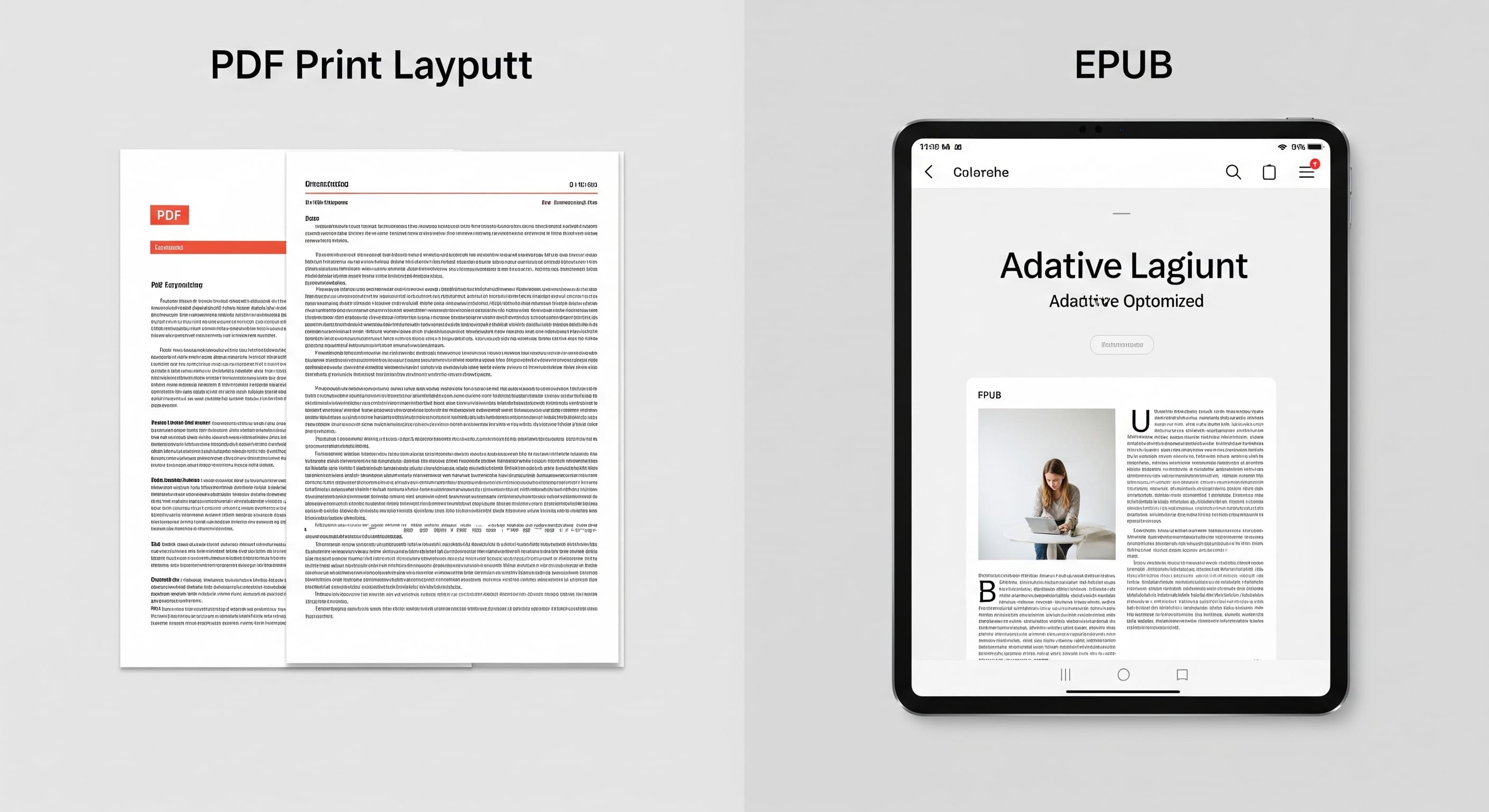How to Format Your Book for Print and eBook
(Without Going Crazy)
You've written your book. Congratulations! That's a huge accomplishment. But now comes the part that can drive even the most patient author a little crazy: formatting.

Whether you're self-publishing on Amazon KDP, IngramSpark, or another platform, learning how to format a book correctly is key to presenting your work professionally. Bad formatting can ruin a reader's experience, no matter how good your writing is.
Why Formatting Matters
Formatting isn't just about aesthetics. It's about creating a professional reading experience that keeps your audience engaged.
Readability
A clean, well-spaced layout keeps readers engaged
Professionalism
Publishers and readers expect a polished final product
Distribution
Different platforms have different formatting requirements
Functionality
Especially with eBooks, links, TOC navigation, and responsive design are essential
Understanding the Differences: Print vs. eBook Formatting
Before you dive into the "how," understand that print and eBook formatting are two different beasts.
| Feature | Print Book | eBook |
|---|---|---|
| Layout | Fixed layout | Flows with screen size |
| Page numbers | Required | Not needed |
| Headers/footers | Common | Not applicable |
| Margins | Important for printing | Not relevant |
| Interactive links | Not useful | Essential (TOC, hyperlinks) |
You'll need two separate files: one formatted for print (usually PDF) and one for eBook (usually EPUB or MOBI).

Visual Formatting Differences
As shown in the image, thorough proof review is essential. Using sticky tabs and notes helps you track issues that need to be fixed before final publication.
Never skip this step - it's your last chance to catch formatting errors before your book goes live.
Step 1: Choose Your Formatting Tool
Here are the most popular tools to format your book:
For Print Formatting:
Microsoft Word
Most accessible option for beginners
Adobe InDesign
Professional-grade layout software
Vellum
Mac-only, beautiful templates
Reedsy Book Editor
Free online formatting tool
For eBook Formatting:
Scrivener
Writing software with export options
Calibre
Free eBook conversion tool
Kindle Create
Amazon's official formatting tool
Atticus
Cross-platform formatting software
Need help deciding? Explore our book formatting services where we walk you through the best tool for your publishing goals.
Step 2: Set Up Your Manuscript for Print
If you're using Word or Google Docs:
Set your trim size (e.g., 5"x8", 6"x9") before importing your manuscript.
Adjust margins and gutter based on your page count.
Use styles (Heading 1 for chapter titles, Normal for body text).
Justify your text for a clean, book-like appearance.
Add page breaks after each chapter.
Include front and back matter (title page, copyright, about the author).
Step 3: Format for eBook
Because eBooks are reflowable, avoid fixed layout formatting. Follow these tips:
Use paragraph and header styles.
Add a clickable Table of Contents.
Remove page numbers, headers, and footers.
Include hyperlinks where needed.
Export to EPUB or upload to Kindle Create.
Step 4: Proof and Preview
Before you hit publish:
Order a printed proof or use a PDF viewer to spot layout errors.
Use Kindle Previewer or Books preview on KDP to check formatting on different devices.
Validate your EPUB using tools like EPUBCheck or free services like Draft2Digital.
These final checks can save you from embarrassing formatting issues after launch.

The Importance of Proof Review
As shown in the image, thorough proof review is essential. Using sticky tabs and notes helps you track issues that need to be fixed before final publication.
Never skip this step - it's your last chance to catch formatting errors before your book goes live.
Common Formatting Mistakes to Avoid
🚫 Using tab spacing instead of paragraph styles
🚫 Inconsistent font usage across chapters
🚫 Forgetting to embed fonts in your PDF
🚫 Skipping front matter like title and copyright pages
🚫 Uploading without previewing on devices
Avoid these by following a clear, consistent checklist—and start early.
Step 5: Export and Upload
Once your formatting is dialed in:
Export your print book as a high-resolution, embedded-font PDF
Export or convert your eBook to EPUB (or MOBI for older Kindle formats)
Upload to your desired publishing platform (KDP, Apple Books, IngramSpark, etc.)
Should You Hire a Professional?
If you'd rather not deal with the stress of formatting, we get it. Many authors choose to work with professionals to ensure their book meets publishing standards.
At BooksSphere, we offer affordable, expert-level formatting services for authors at every stage—whether you're publishing your first novel or your tenth nonfiction title.
Final Thoughts: Don't Let Formatting Derail Your Publishing Journey
Learning how to format a book can feel overwhelming, but it's a skill worth mastering. With the right tools and a bit of guidance, you can create a print and digital version of your book that feels truly professional.
And remember—you don't have to do it alone.
Ready to Publish Like a Pro?
Let BooksSphere help you turn your manuscript into a bookstore-ready masterpiece.
- Explore our formatting services
- Schedule a free consultation
- Download our free self-publishing checklist
Get Your Free Quote
Start your publishing journey today